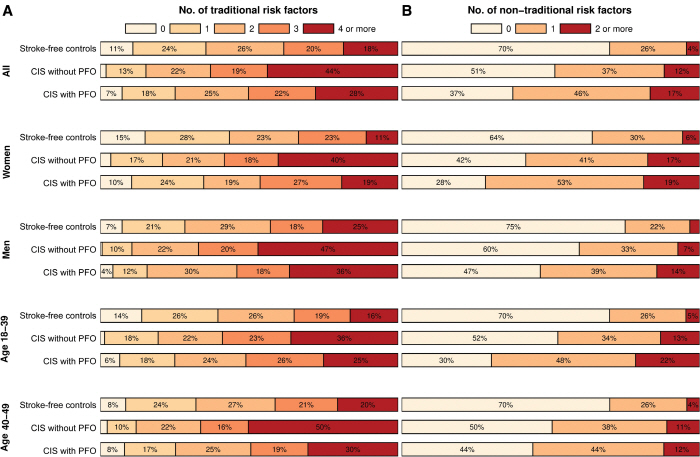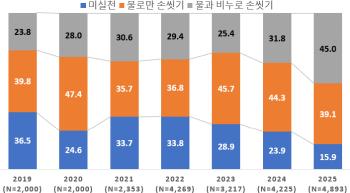Young people with migraines increase stroke chance by 70%
Apr 18, 2025
|
Researchers, including Helsinki University Hospital and Cuofio University Hospital in Finland, recently published a research paper in the international journal `Stroke Journal.'
The researchers analyzed the health data of 1,046 people aged 18 to 49 and found that patients suffering from migraines had a 70% increased likelihood of stroke.
In the present study, the researchers investigated potential risk factors for ischemic stroke (a stroke that occurs when blood supply to the brain is cut off) in young people.
The researchers compared 'traditional' risk factors for stroke such as hypertension with 'non-traditional' risk factors such as migraine.
As a result, we found that nontraditional risk factors such as migraine were associated with a 70% increased risk of stroke.
On the other hand, traditional risk factors such as hypertension have been shown to increase the risk of stroke by 41%.
The researchers analyzed that about 23% of people who suffered stroke had migraines with signs (when head pain comes with visual impairment).
It also increased to 46% among patients suffering from a common heart disease called patent foramenovale.
Ovular opening refers to a state in which the ovular hole (a hole between the left and right atrium) in the atrial septum in the fetal period is open without being closed even when it is born. After birth, lung breathing begins, the left atrial pressure increases, and the right atrial pressure drops, which naturally blocks the ovary. However, the case where the ovarian cavity is not closed and remains open even after birth is called ovarian open coexistence.
The researchers were surprised by the association between migraine and stroke. This appears to be one of the biggest risk factors for stroke development in young adults."
Meanwhile, in adults without heart disease, traditional stroke risk factors such as hypertension still account for the majority of strokes (about 64.7%).
Non-traditional risk factors accounted for about 33.8%.
However, the researchers added that further research is needed on the interaction between migraines and other risk factors.
|
This article was translated by Naver AI translator.















